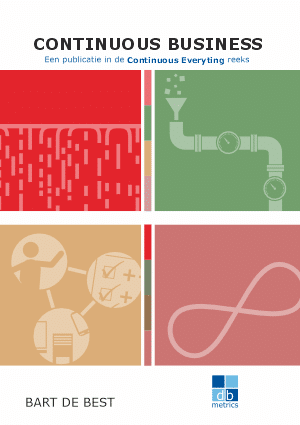Continuous Everything – EN
Continuous Everything describes the best practices of DevOps in a structured manner in order to transfer these best practices in publications and books, to assess and to certify DevOps engineers, DevOps teams and DevOps organizations.
What is DevOps?
Development & Operations, or DevOps for short, describes the collaboration between development and management of information systems with the aim of adding value to the business in terms of an accelerated time-to-market of high-quality services. This involves close collaboration with the business. Ideally, not only will the boundaries between development and management be blurred, but also those with the business. We then talk about BizDevOps. Some organizations also integrate information security with BiZDevOps to achieve BizDevSecOps. Within Continuous Everything we keep it simple and use DevOps for all variants.
What is the DevOps Lemniscate?
The DevOps Lemniscaat is used to give DevOps a face. This describes the gross steps to create the value continuously (Continuous) and in each step (Everything). The dark blue steps are the work area of Development. These are often shaped by the use of Agile Scrum or Kanban. The light blue steps represent the operations field. Almost all organizations that use DevOps use ITIL 4® for this.
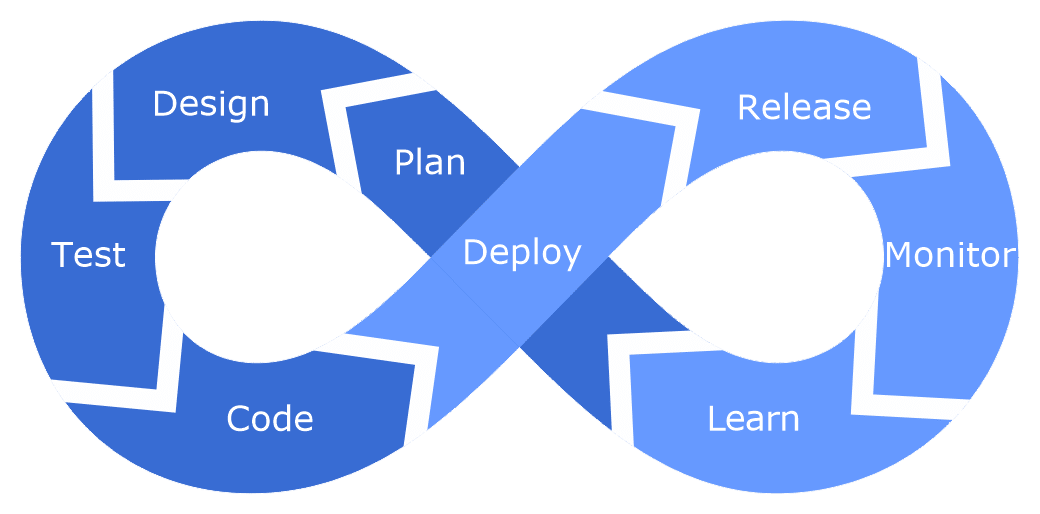
Development
The “plan” step involves determining the work inventory, for example in the form of a Product BackLog. An Agile “design” is drawn up to convert the work inventory into an information system. This is often a growth model (emerging design). The requirements from the design are then translated into test cases in the “test” step. This is done before coding in the “code” step because Test Driven Development (TDD) is used within DevOps. This means that Test Driven Development (TDD) is used within DevOps. The “how” is first thought about and only then the code is written.
Operations
The “deploy” step means rolling out the released parts of the information system. This happens very frequently and perhaps more times a day up to every 9 minutes or 5 seconds in certain organizations. The “release” step is releasing the functionality that is already in production to the user. The “monitor” step is applied to all steps in the DevOps lemniscate and, of course, especially to the production environment. To keep up with innovation, the “learn” step is used to process feedback from the DevOps cycle as well as learning from innovations in the market.
CE image on the DevOps Lemniscate
The structure of Continuous Everything is built around the DevOps Lemniscaat by setting up a knowledge domain for each step. The following knowledge domains have now been recognized:
Continuous Development
- Plan
- Continuous Outcome
- Continuous Architecture
- Continuous Planning
- Design
- Continuous Design
- Continuous SLA
- Continuous Security
- Test
- Continuous Acceptance
- Continuous Testing
- Code
- Continuous Integration
- Continuous AI
Continuous Operations
- Deploy / Release
- Continuous Deployment
- Monitor
- Continuous Monitoring
- Learn
- Continuous Learning
- Continuous Auditing
- Continuous Assessment
CE Knowledge Domain
A knowledge domain is defined within CE as follows:
- Definition
- Key concepts
- Related key concepts
- Root cause
- Change paradigm
- Architecture principles
- Architecture models
- Value stream
- Value Stream Diagram
- Best practices
CE Books
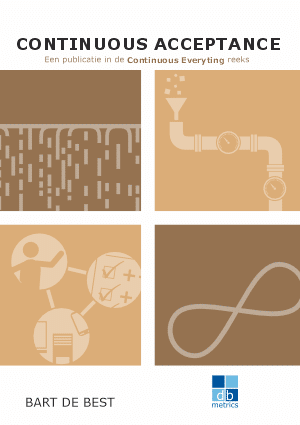
Continuous Acceptance (CC)
The acceptance of the deliverables is not strictly formulated in the world of Agile working. In this approach, this is structured by looking at specific acceptance criteria from the interests of the business (business value stream goals) and looking at generic acceptance criteria from the interests of management (management value stream). The specific acceptance criteria are functional and quality assessments that are unique per application. The generic acceptance criteria apply to all applications and are secured in the way-of-working of the Agile teams.
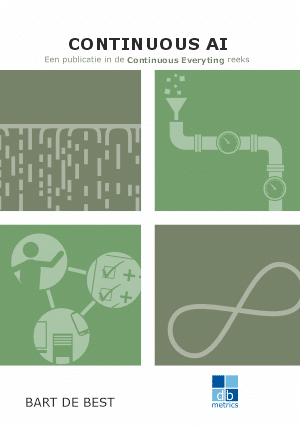
Continuous AI (AI)
Continuous AI focuses on increasing the outcome of CE aspect areas such as the value streams Continuous Testing and Continuous Integration. The bottlenecks of these value streams are located in the form of limitations (performance) and boundaries (functionality). These bottlenecks can be reduced or removed through AI application areas, such as using Machine Learning (ML) and Natural Language Processing (NLP).
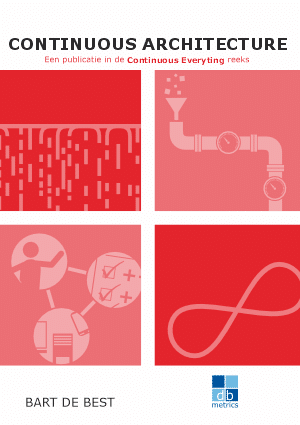
Continuous Architecture (CH)
There are different types of information systems. Gartner’s BI model recognizes System of Records (chain applications) and System of Engagement (separate information systems such as e-commerce applications). These require a different approach. By recognizing this, it becomes possible to manage risks in the chain and improve the chain under architecture using DevOps best practices. But management must also be brought under architecture to achieve synergy. This approach examines these three aspects and indicates which architectural principles and models can be applied within DevOps.
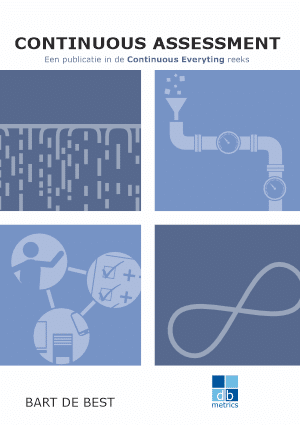
Continuous Assessment (CS)
Continuous Assessment is an approach that aims to allow DevOps teams to continuously develop in terms of knowledge and skills in the field of business, development, operations, and security. This book provides a tool to make the DevOps teams aware where they stand in terms of development and what next steps they can take to develop.
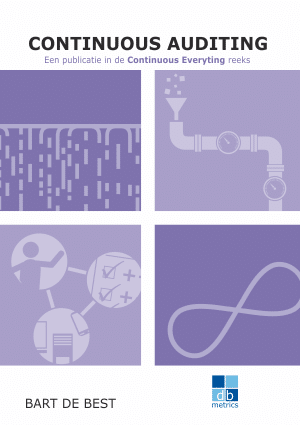
Continuous Auditing (CA)
Continuous Auditing is an approach that aims to enable DevOps teams to demonstrate in a short cyclical way that they are in control when realising, putting into production, and managing the new or modified products and services at a rapid pace.
As a result, compliance risks are prevented by already thinking about which risks to mitigate or eliminate from the requirements and the design based on them.
Continuous Business
Continuous Everything is the collective name for all Continuous developments that are currently going on in the BizDevOps world.
By bringing these under one denominator, structure can be added to individual developments and best practices can be defined on the basis of patterns.
The concept ‘Continuous’ includes the terms: outcome driven development, incremental & iterative working, waste reduction through a Lean approach, working holistically by including people, process, partner & technology in the scope and paying continuous attention to a deliverable product or service throughout its life cycle from an end-to-end approach.
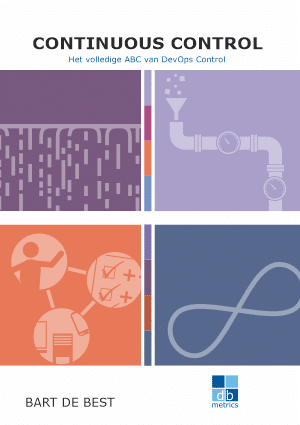
Continuous Control (CTR)
Continuous Everything is the collective name for all Continuous developments that are currently going on in the DevOps world. By placing these under one heading, structure can be applied to individual developments and best practices can be defined on the basis of patterns.
The term ‘Continuous’ includes the terms: outcome driven development, incremental & iterative working, waste reduction through a Lean approach, holistic working by including people, process, partner & technology in the scope and giving continuous attention to a deliverable product or service across the entire lifecycle from an end-to-end approach.
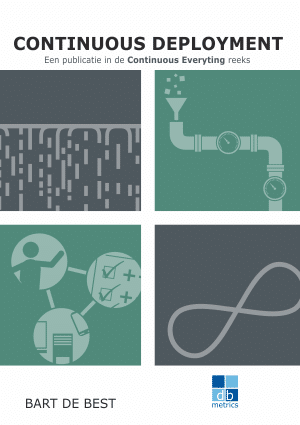
Continuous Deployment (CD)
Continuous Deployment is a holistic Lean production approach that aims to continuously deploy and release software in an incremental and iterative manner where time to market and high quality are of paramount importance. Continuous Deployment enables fast feedback because errors are detected earlier in production of the CI/CD secure pipeline. This makes repairs faster and cheaper, leading to a waste reduction. This book describes the DTAP street, the difference between source code and object code, the CI/CD secure pipeline, the required repositories and the continuous deployment roadmap.
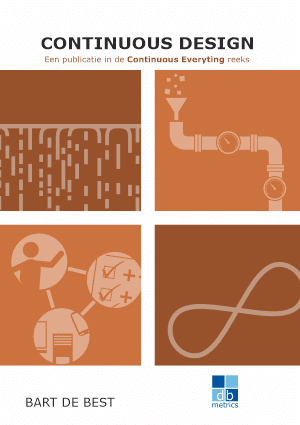
Continuous Design (CN)
Continuous Design is an approach that aims to allow DevOps teams to briefly think in advance about the contours of the information system to be realised and to allow the design to grow during the Agile project (emerging design). This prevents interface risks and guarantees essential knowledge transfer to support management and compliance with legislation and regulations. Elements that guarantee the continuity of an organisation.
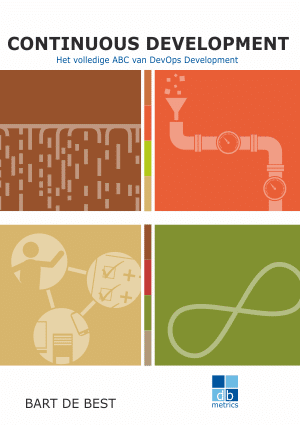
Continuous Development
Continuous Everything is the collective name for all Continuous developments that are currently going on in the DevOps world. By placing these under one heading, structure can be applied to individual developments and best practices can be defined on the basis of patterns.
The term ‘Continuous’ includes the terms: outcome driven development, incremental & iterative working, waste reduction through a Lean approach, holistic working by including people, process, partner & technology in the scope and giving continuous attention to a deliverable (product or service) across the entire lifecycle from an end-to-end approach.
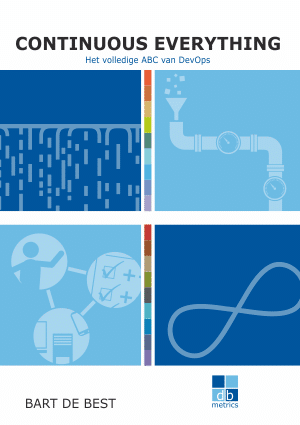
Continuous Everything
Continuous Everything is the collective name for all Continuous developments that are currently going on in the DevOps world. By placing these under one heading, structure can be applied to individual developments and best practices can be defined on the basis of patterns.
The term ‘Continuous’ includes the terms: outcome driven development, incremental & iterative working, waste reduction through a Lean approach, holistic working by including people, process, partner & technology in the scope and giving continuous attention to a deliverable product or service across the entire lifecycle from an end-to-end approach.
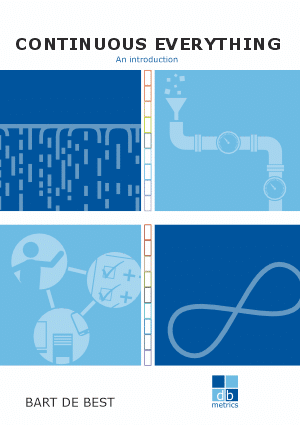
Continuous Everything Introduction
Continuous Everything is the collective name for all Continuous developments that are currently going on in the DevOps world. By placing these under one heading, structure can be applied to individual developments and best practices can be defined on the basis of patterns.
The term ‘Continuous’ includes the terms: outcome driven development, incremental & iterative working, waste reduction through a Lean approach, holistic working by including people, process, partner & technology in the scope and giving continuous attention to a deliverable product or service across the entire lifecycle from an end-to-end approach.
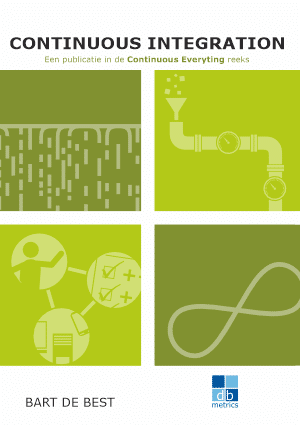
Continuous Integration (CI)
Continuous Integration is a holistic Lean software development approach that aims to produce and put into production continuous software in an incremental and iterative way, where waste reduction is of paramount importance.
The word ‘holistic’ refers to the PPT concepts: People (multiple expert), Process (knowledge of business and management processes) and Technology (application and infrastructure programming). The incremental and iterative method makes fast feedback possible because functionalities can be put into production earlier. This reduces waste because defects are found earlier and can be repaired faster.
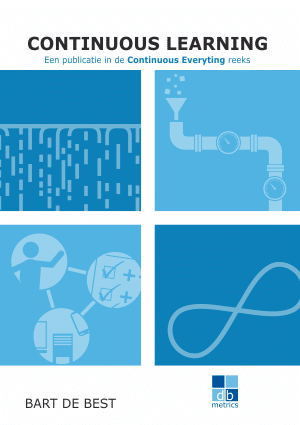
Continuous Learning (CL)
Continuous Learning is an approach to get a grip on the competences needed to realise your organisation’s strategy. To this end, continuous learning offers Human Resource Management an approach that explores the organisational needs and competences step by step and converts these needs into competency profiles.
A competency profile is defined here as the set of knowledge, skills and behavior at a certain Bloom level that produces a certain result. Competency profiles are then merged into roles that in turn form functions. In this way an Agile job house is obtained.
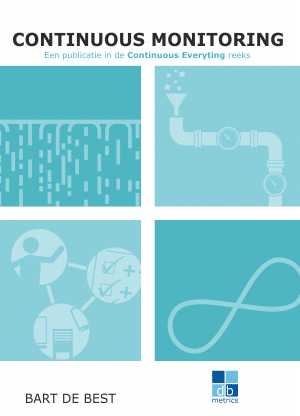
Continuous Monitoring (CM)
Continuous Monitoring is an approach to get a grip on both core value streams (business processes) and enable value streams that support these core value streams. Continuous monitoring differs from classical monitoring by its focus on outcome improvement and the holistic scope with which value streams are measured, i.e. the entire CI/CD secure pipeline for all three perspectives of PPT: People, Process and Technology.
The approach includes People, Process and Technology, which makes it possible to identify and eliminate or mitigate the bottlenecks in your value streams.
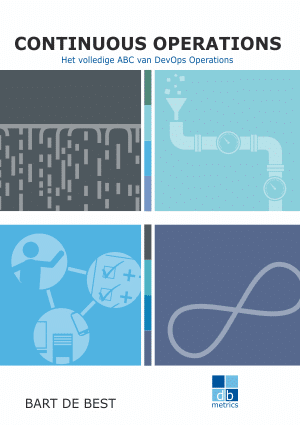
Continuous Operations
Continuous Everything is the collective name for all Continuous developments that are currently going on in the DevOps world. By placing these under one heading, structure can be applied to individual developments and best practices can be defined on the basis of patterns.
The term ‘Continuous’ includes the terms: outcome driven development, incremental & iterative working, waste reduction through a Lean approach, holistic working by including people, process, partner & technology in the scope and giving continuous attention to a deliverable (product or service) across the entire lifecycle from an end-to-end approach.
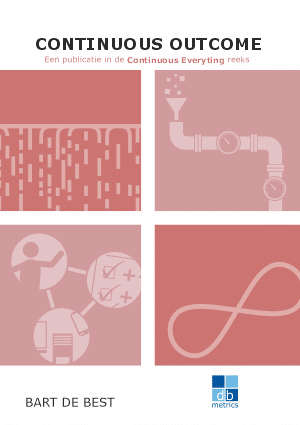
Continuous Outcome (CO)
Continuous Outcome is an approach to using the DevOps Lemniscaat to define a business Lemniscaat. All steps of the DevOps Lemniscaat are described in terms of business value streams (business processes). This approach also describes how the Business DevOps Lemniscaat and the DevOps Lemniscaat can work together to achieve synergy. An example is business planning and IT planning. If these are tackled in an integrated manner, higher business value will be created.
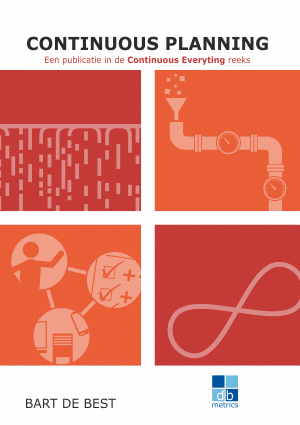
Continuous Planning (CP)
Continuous Planning is an approach to get a grip on changes that are made in the information provision in order to realise the outcome improvement of the business processes and thus achieve the business goals. The approach is aimed at multiple levels, whereby an Agile planning technique is provided for each level that refines the higher-level planning. In this way, planning can be made at a strategic, tactical, and operational level and in an Agile manner that creates as little overhead as possible and as much value as possible.
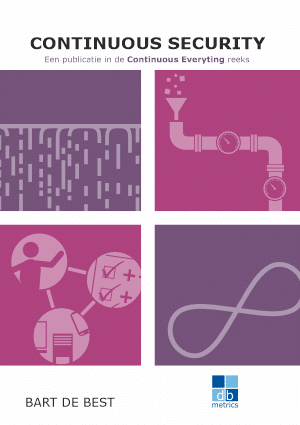
Continuous Security (CY)
This approach aims to unite the ITIL 4 best practices (value streams for management) and the ISO 27001 standard by translating this standard into value streams. This was done by defining a value system for the ISO 27001 standard containing value streams based on security building blocks. From this approach, the Service Value System (SVS) of ITIL can be united with the Information System Value System (ISVS) of ISO 27001. In many cases there is overlap in the value streams of both value systems.
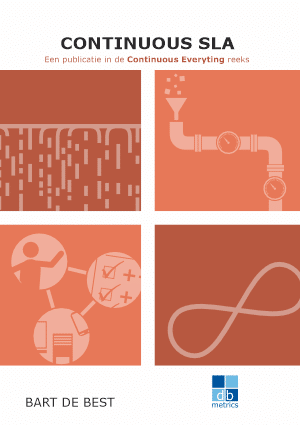
Continuous SLA (CQ)
SLA are no longer applied everywhere in the Agile world and do not seem to be compatible with the Agile way of working. In this knowledge area, the life cycle of the SLA is made fully Agile and inextricably linked to the DevOps Lemniscaat.
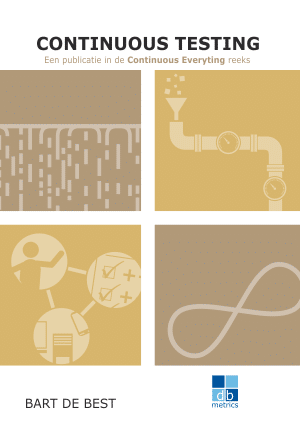
Continuous Testing (CT)
Continuous Testing is an approach that aims to provide rapid feedback in the software development process by defining the ‘what’ and ‘how’ questions as test cases before starting to build the solution. This integrates the concepts of requirements, test cases and acceptance criteria into one approach. This book discusses the ideal test pyramid.

